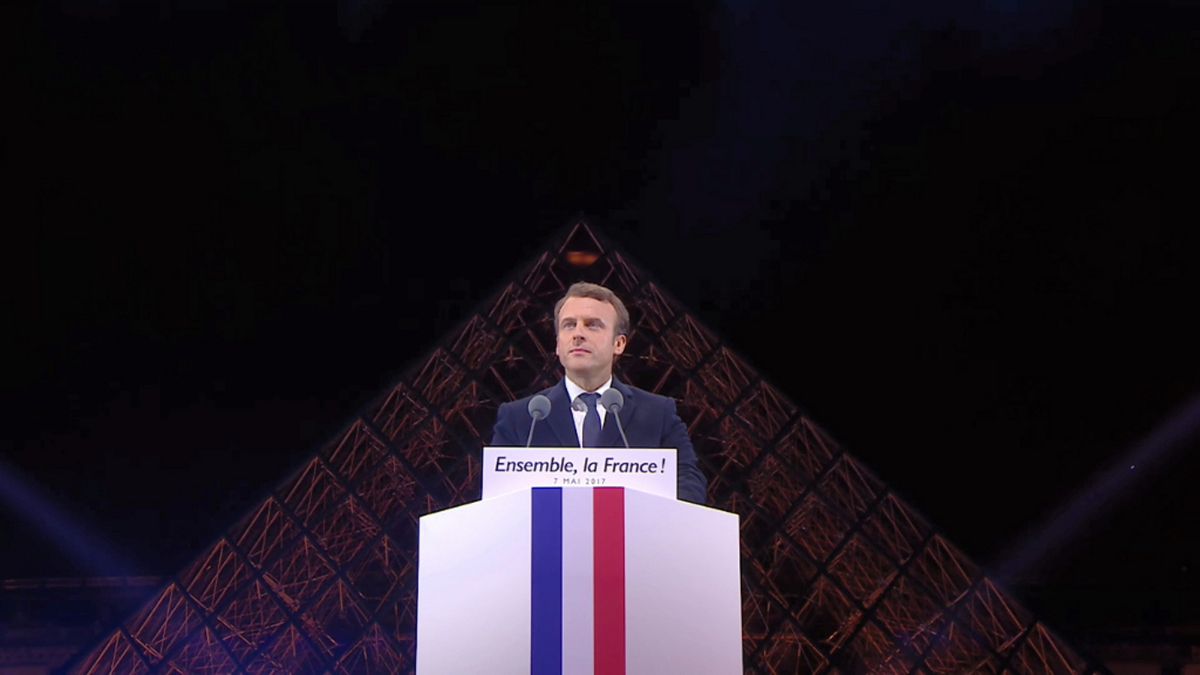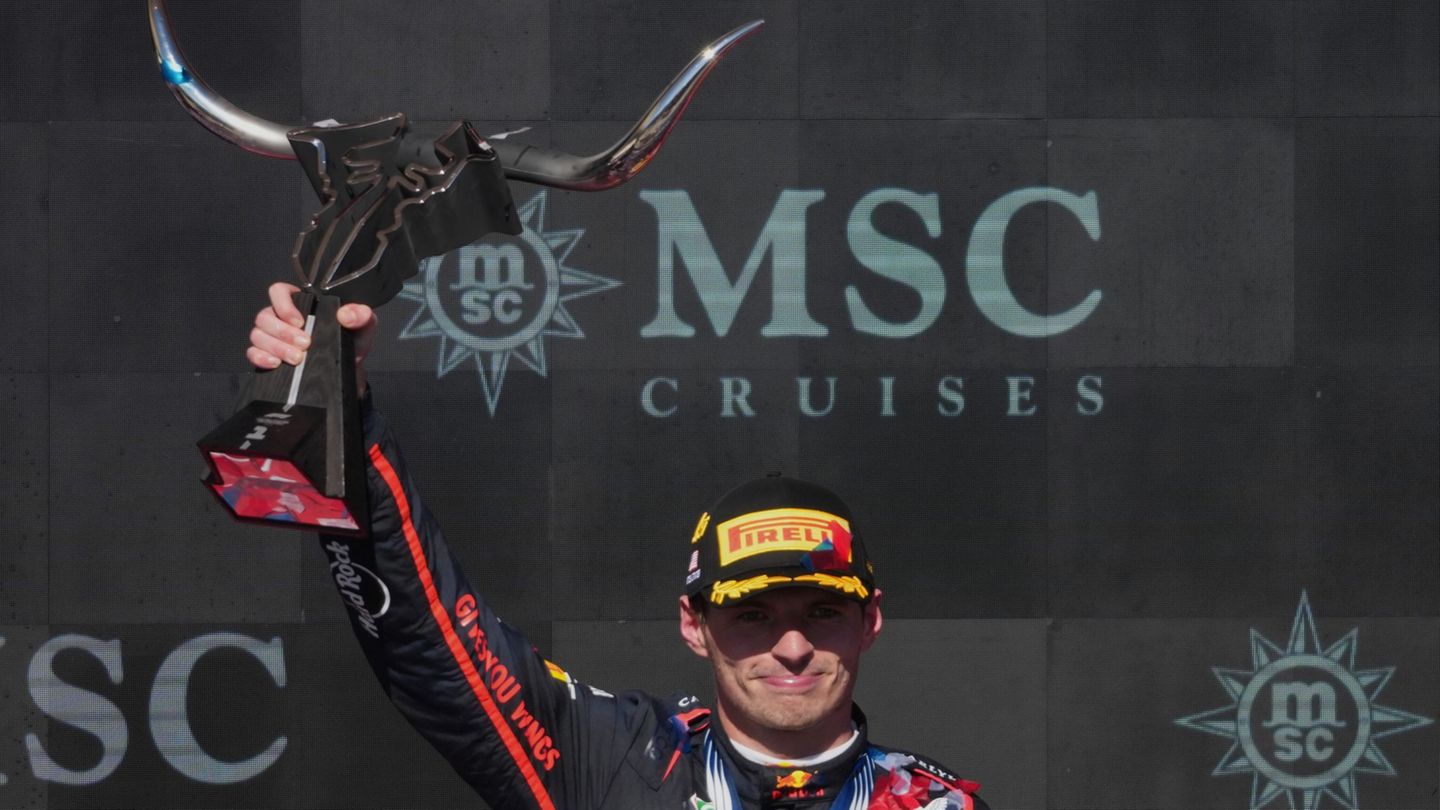I am an author and journalist who has worked in the entertainment industry for over a decade. I currently work as a news editor at a major news website, and my focus is on covering the latest trends in entertainment. I also write occasional pieces for other outlets, and have authored two books about the entertainment industry.
Menu
Axel Milberg as drag queen: “Transformation was really impressive”
Categories
Most Read
Evelyn Burdecki: Sperm donation pact with her friend
October 19, 2025
No Comments
Selena Gomez and Benny Blanco: First appearance as a married couple in pure elegance
October 19, 2025
No Comments
Louis Tomlinson: Liam Payne’s death continues to concern him
October 19, 2025
No Comments
“DSDS” star Aneta Sablik: pregnant again after two miscarriages
October 19, 2025
No Comments
What Sam Rivers, bassist and founder of Limp Bizkit, died of
October 19, 2025
No Comments
Latest Posts

Emmanuel Macron described the robbery at the Louvre as an attack against French heritage
October 19, 2025
No Comments
October 19, 2025 – 19:51 The museum confirmed the theft of pieces from its permanent collection and remains under strict custody while the investigation continues.

Formula 1: Perfect Texas ride for Verstappen: World Cup opportunity “is here”
October 19, 2025
No Comments
PierceI am Pierce Boyd, a driven and ambitious professional working in the news industry. I have been writing for 24 Hours Worlds for over five

Formula 1: Perfect Texas ride for Verstappen – World Cup leader weakens
October 19, 2025
No Comments
PierceI am Pierce Boyd, a driven and ambitious professional working in the news industry. I have been writing for 24 Hours Worlds for over five
24 Hours Worlds is a comprehensive source of instant world current affairs, offering up-to-the-minute coverage of breaking news and events from around the globe. With a team of experienced journalists and experts on hand 24/7.

